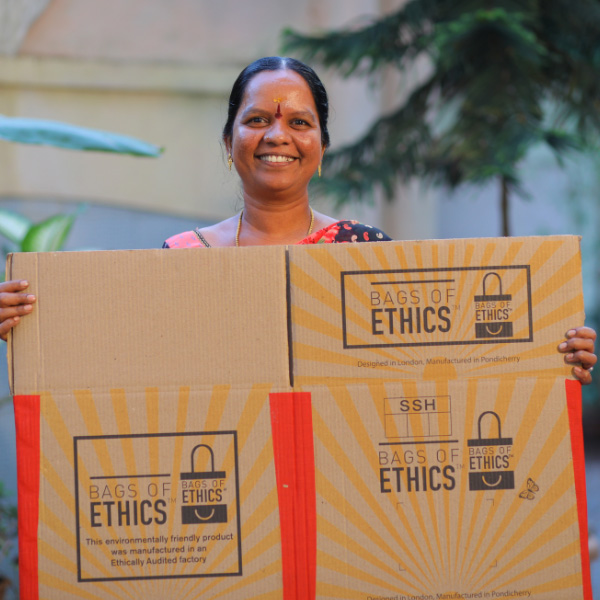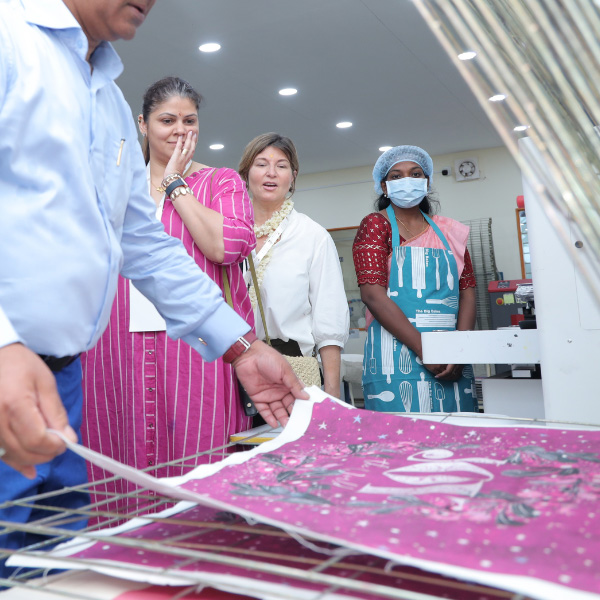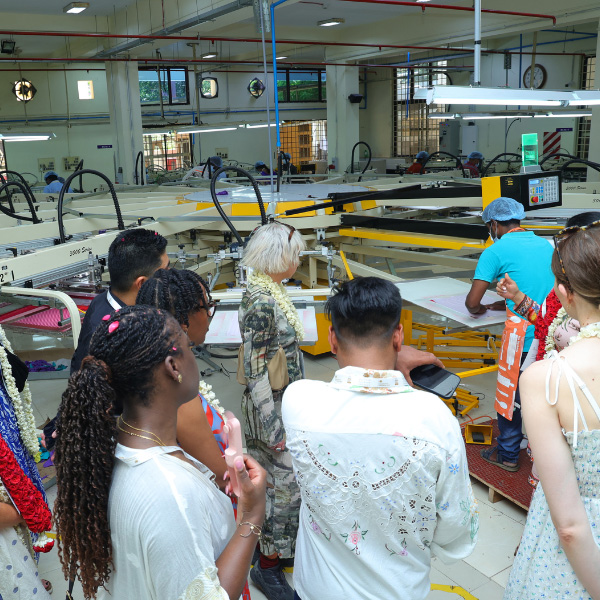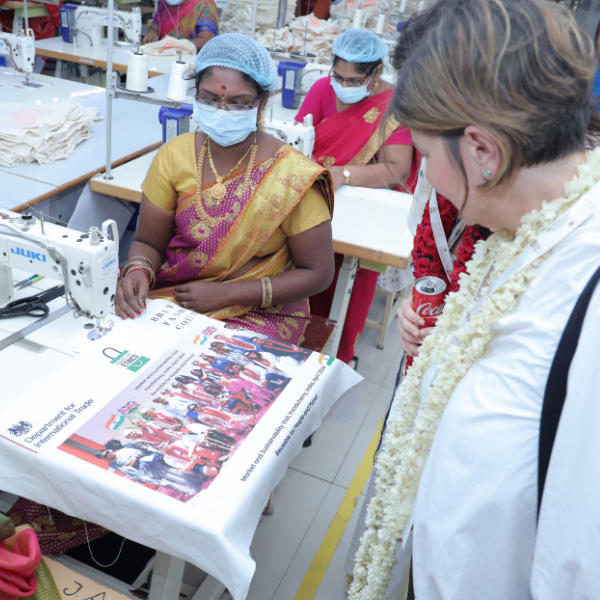Return to previous page
Our warehouse will be closed between the 23rd of December and the 5th of January morning; no order will be dispatched. Happy Holiday to All! Dismiss
As the fashion industry comes under greater evaluation for its environmental footprint, circularity stands out as a promising solution. Dr R Sri Ram, the forward-thinking founder of Bags of Ethics and Supreme Creations, champions a move towards circular practices in fashion and textiles. But how do we actually bring this vision to life worldwide?
Look to the Indian sari, an enduring symbol of sustainability and versatility. Its ability to be repurposed in various ways showcases circularity in practice. By integrating these time-honoured traditions into modern fashion, we can lead the charge towards sustainable innovation.

Step 1: Design with the End in Mind
Consider the entire lifecycle of garments during the design process to simplify upcycling efforts. By anticipating the end of a garment’s life, designers can create pieces that are easier to repurpose.

Step 2: Streamline Logistics
Optimise packaging and transportation to reduce the environmental footprint of garment waste. Efficient logistics ensure that materials are transported economically and sustainably across the globe.

Step 3: Prioritise Material Selection
Choose natural fibres over synthetic blends to facilitate easier recycling and composting. Mindful material choices minimise pollution and contribute to a circular production system.

Step 4: Invest in Machinery Innovation
Develop cutting-edge machinery for upcycling old garments into new items. Government support through subsidies can accelerate innovation and advance circularity in fashion production.

Step 5: Educate and Empower Consumers
Raise awareness about the challenges and benefits of circularity among consumers. By understanding the journey of their garments and making informed choices, consumers can drive demand for sustainable fashion practices.
Join us in the movement for Circular Fashion. It’s not just a dream, but an achievable goal. By following these five steps, everyone—individuals, brands, and governments—can contribute to a sustainable future. Let’s collaborate to revolutionise the fashion industry and create a circular economy. Together, we can make fashion both beautiful and sustainable.
Comments are closed
| Cookie | Duration | Description |
|---|---|---|
| cookielawinfo-checkbox-analytics | 11 months | This cookie is set by GDPR Cookie Consent plugin. The cookie is used to store the user consent for the cookies in the category "Analytics". |
| cookielawinfo-checkbox-functional | 11 months | The cookie is set by GDPR cookie consent to record the user consent for the cookies in the category "Functional". |
| cookielawinfo-checkbox-necessary | 11 months | This cookie is set by GDPR Cookie Consent plugin. The cookies is used to store the user consent for the cookies in the category "Necessary". |
| cookielawinfo-checkbox-others | 11 months | This cookie is set by GDPR Cookie Consent plugin. The cookie is used to store the user consent for the cookies in the category "Other. |
| cookielawinfo-checkbox-performance | 11 months | This cookie is set by GDPR Cookie Consent plugin. The cookie is used to store the user consent for the cookies in the category "Performance". |
| viewed_cookie_policy | 11 months | The cookie is set by the GDPR Cookie Consent plugin and is used to store whether or not user has consented to the use of cookies. It does not store any personal data. |